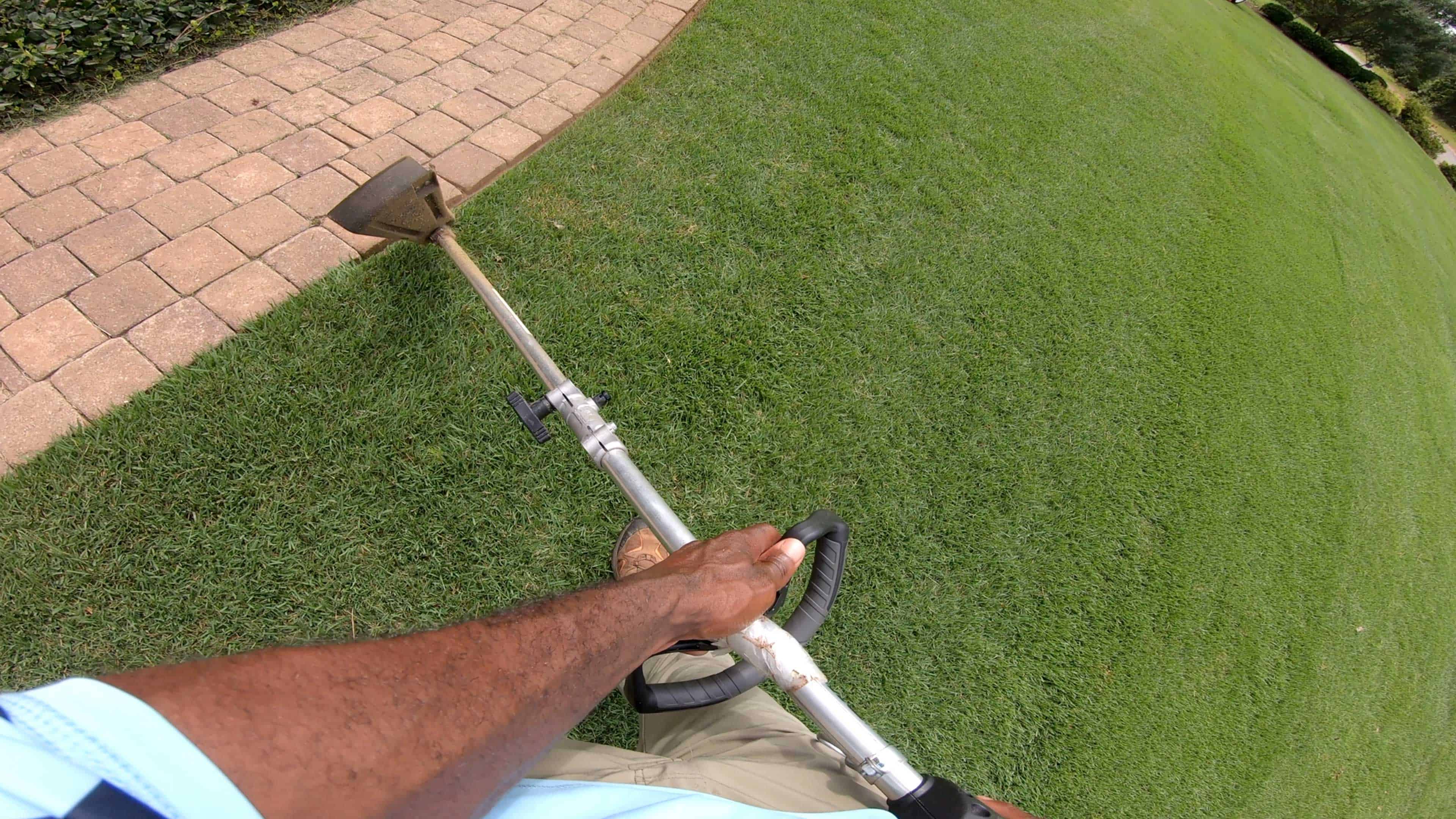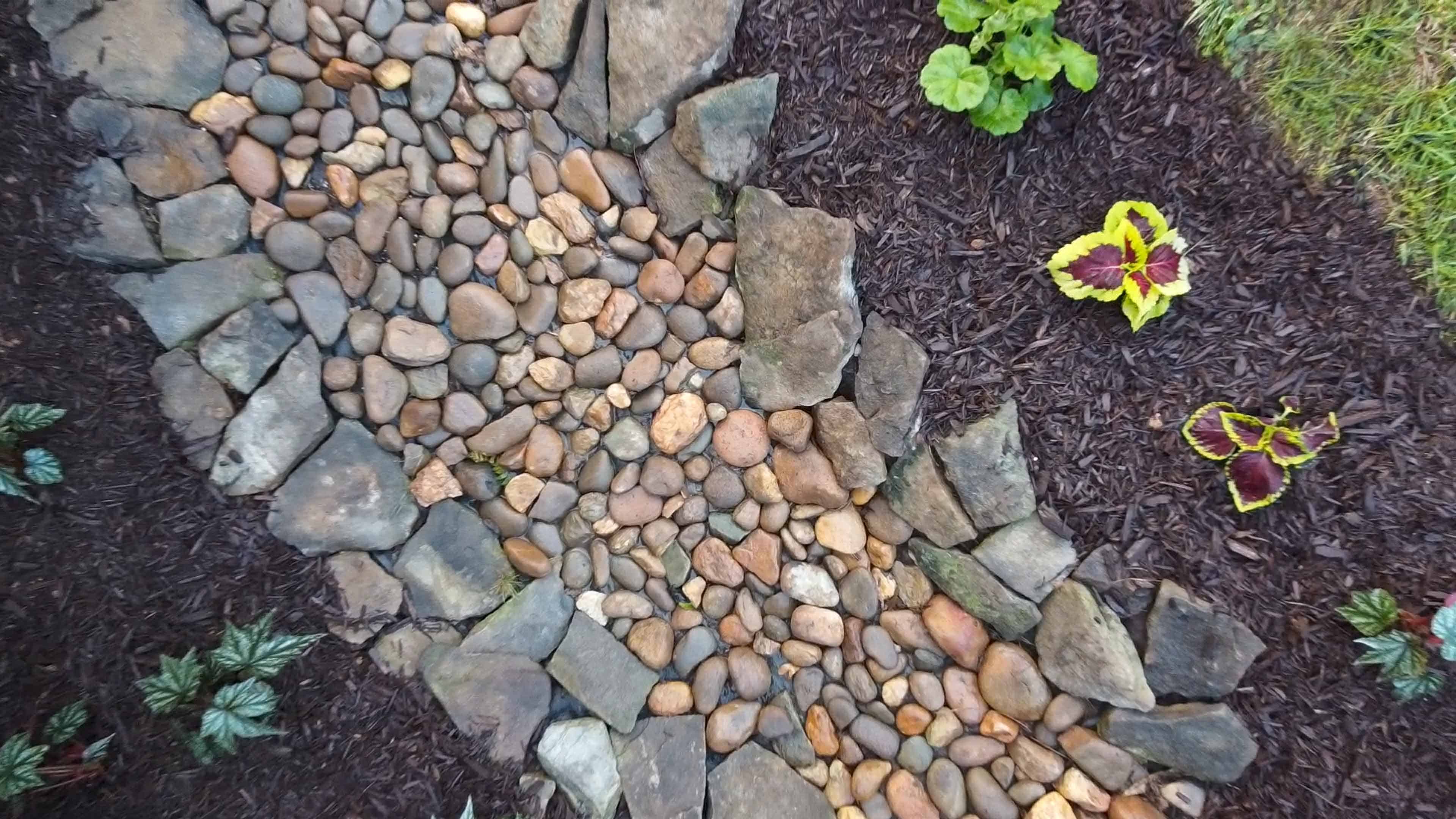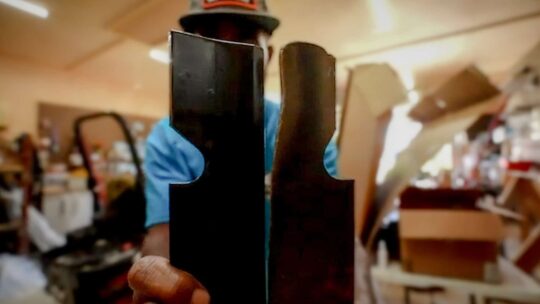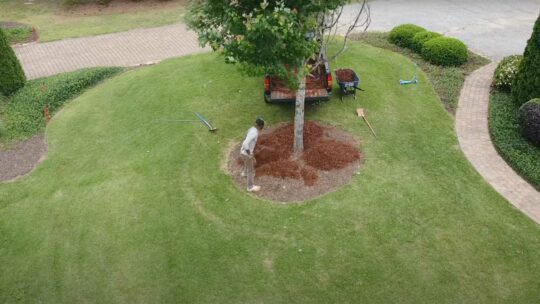While you might know Brian Latimer for his professional bass fishing skills (which he shows off here, too), he honed his landscaping skills in the family business long before becoming fishing famous. Join Latimer in this Backyard Life video as he cleans up his own backyard, sharing useful garden and lawn edging tips in the process. If you’re looking for ways to better landscape and maintain your yard, you’ll want to consider his veteran advice.
Because he’s on the water so much during tournament season, Latimer admits there’s a lot of property work to tend to when he’s home. “The grass needs to be cut and my shrubs need trimming. I’ve got weeds growing in my plant beds,” he says. Latimer’s all about being efficient, so he sets to work handling those tasks. But, he says there’s one final piece to making your yard look extremely crisp. “Every single edge has to be edged perfectly. Pro-level perfectly,” he adds.
Latimer’s Lawn Edging How-To’s
- What is the best lawn edging tool? Latimer says you’ve got to start with the proper equipment. Whether he’s maintaining grass, ground cover, mulch or concrete hardscape edges, Latimer says that s good old-fashioned string trimmer is the best lawn edging tool. A string trimmer allows you to not only “catch up” the edges, but also cut any grass missed while mowing. Simply put, a string trimmer is the most versatile and economical way to keep your lawn edges neat.
- Create an edge where ever grass meet another object or material. When Latimer talks about lawn edging, he’s referring to anywhere grass meets a driveway, patio, hard edge or even mulch. Maintaining those edges, he says, takes the level of your landscaping up a notch, giving it a professionally maintained look.
- Be careful where you dig. Latimer points out that many people opt to install metal edging to save time and maintenance. However, you will need to be more aware of what lays underground when you dig the trench for the edging. Although these create a precise look just like string trimmers, you can sometimes damage landscape lighting and irrigation systems during the install. For that reason, Latimer opts to not use them.

Landscape Edging Options
When Latimer talks about lawn edging, he’s referring to anywhere grass meets a driveway, patio, hard edge or even mulch. Maintaining those edges, he says, takes the level of your landscaping up a notch, giving it a professionally maintained look.
Although a string trimmer advocate, Latimer points out that edging can also be accomplished with physical objects and landscaping products. For instance, when you’re wanting to draw more attention to, or accentuate a plant bed. In this case, Latimer typically uses natural edging materials like river rocks or landscape timbers. But, he notes that brick, metal, plastic or concrete edging can be used, as well. When you consider your landscape edging options there is no best choice. You should just choose the edging product that best matches, or complements, your home and existing landscape elements.

In keeping with his Craftsman-style home, Latimer uses river rock to enhance his plant beds and landscape. “It’s really important to know the characteristics and style of your house and property. You want to match your landscape with it,” he says. If you have more of a formal house, go with either brick or metal edging. Brick, however, might look out of place on Latimer’s property. “It’s like wearing sneakers with a suit. Some people can do it, but most of the time people don’t pull it off that well.”



